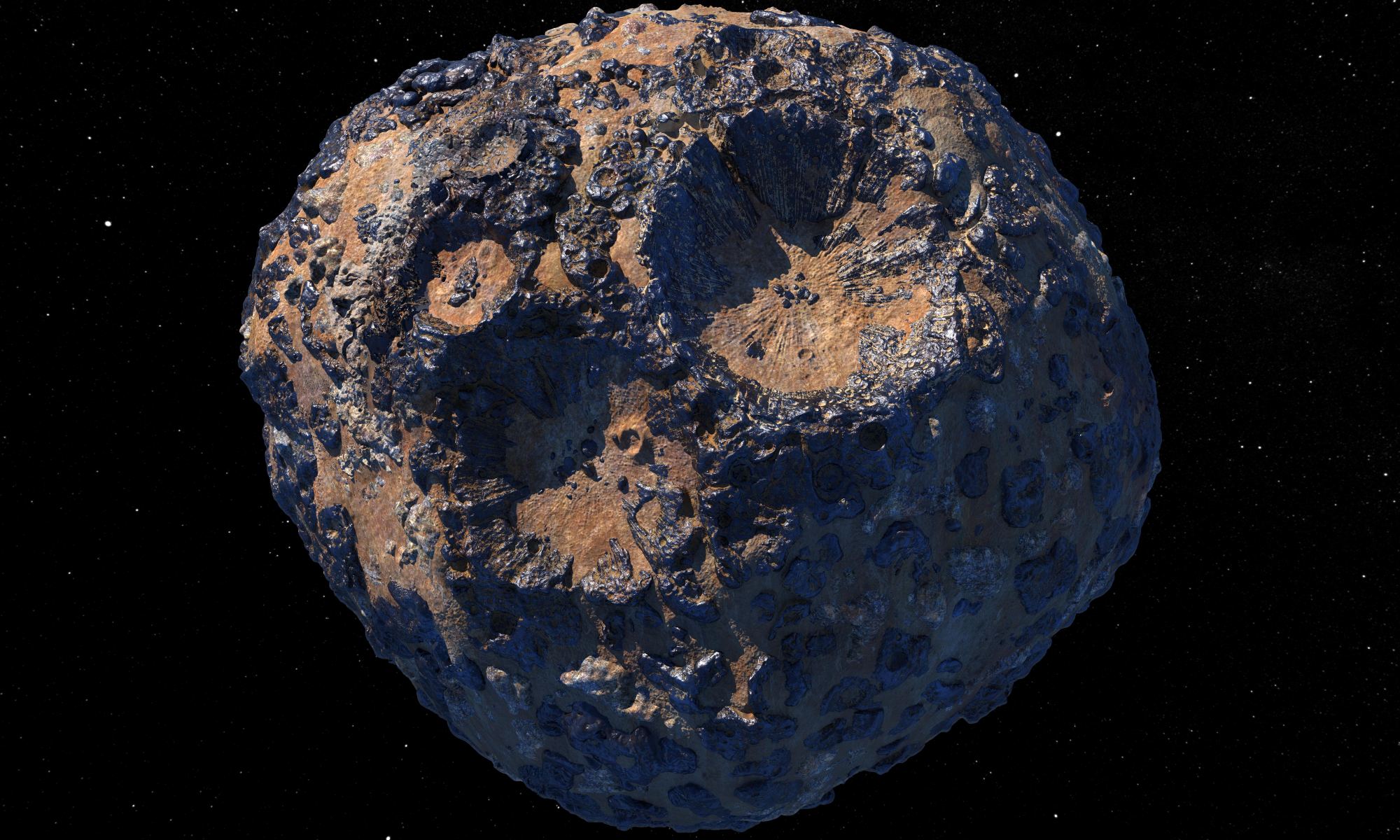One of the striking things about iron meteorites is that they are often magnetic. The magnetism isn’t strong, but it holds information about their origin. This is why astronomers discourage meteorite hunters from using magnets to distinguish meteorites from the surrounding rock, since hand magnets can erase the magnetic history of a meteorite, which is an important scientific record.
Magnetic meteorites occur because they form in the presence of a magnetic field. The iron grains within the meteorite are aligned along the external magnetic field, which gives the meteorite its own magnetism. For example, the Martian meteorite known as Black Beauty gained its magnetism from the strong magnetic field of young Mars.
Some meteorites are magnetic but shouldn’t have formed in a strong magnetic field. Iron meteorites are typically categorized by chemical composition, such as their ratio of nickel to iron. One type, known as IVA, is known to be fragments of smaller asteroids. Small asteroids don’t have strong magnetic fields, so IVA meteorites shouldn’t be magnetic, but many of them are. There’s a new study showing how that’s possible.

Small asteroids form through what is known as the rubble pile method. Small chunks of iron-rich rock aggregate over time, building up to become an asteroid. For a body to generate a strong magnetic field, there needs to be liquid iron to create a dynamo effect, and since small asteroids don’t experience this, they can’t have magnetic fields. Or can they?
Asteroids are also subject to collisions over time. It’s these collisions which break off fragments that become the meteorites we find on Earth. But the authors show that impacts can create a magnetic dynamo within an asteroid. If a colliding body is not big enough to shatter the asteroid, but large enough to melt a layer of material near the surface, then a chain of events can occur.
When a cold rubble core is surrounded by a molten layer, the core is heated up. Lighter elements evaporate out of the core and migrate toward the surface, which churns the layers to generate convection. The convection of iron generates a magnetic field, which imprints itself on parts of the asteroid. Later collision then creates magnetic fragments, some of which reach Earth.
So the magnetism of IVA meteorites comes not from the original formation of their parent asteroid, but rather from later collisions that stirred up their core. Knowing this, researchers can gain a better understanding of the history of our solar system, and how things such as planetary drift might have triggered more frequent asteroid collisions.
Yet another reason not to look for meteorites with hand magnets. The very act of finding a meteorite could also erase the history of its collisions.
Reference: Zhang, Zhongtian, and David Bercovici. “Generation of a measurable magnetic field in a metal asteroid with a rubble-pile core.” Proceedings of the National Academy of Sciences 120.32 (2023): e2221696120.

